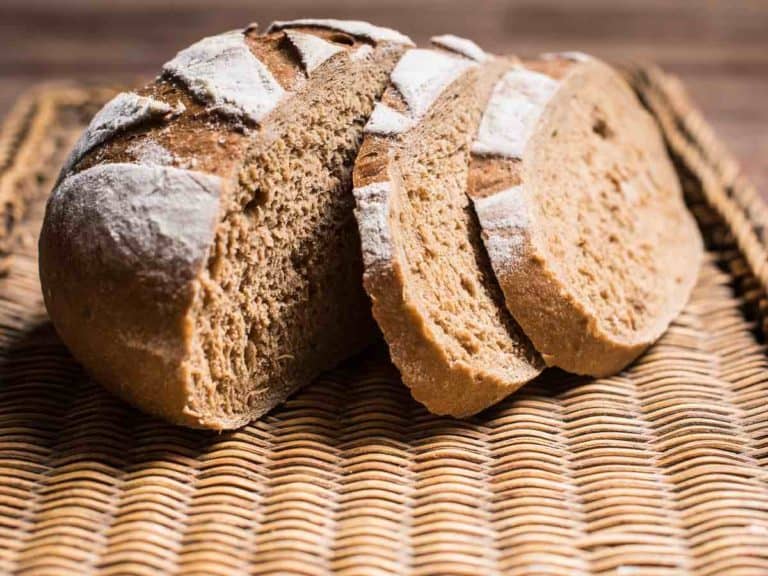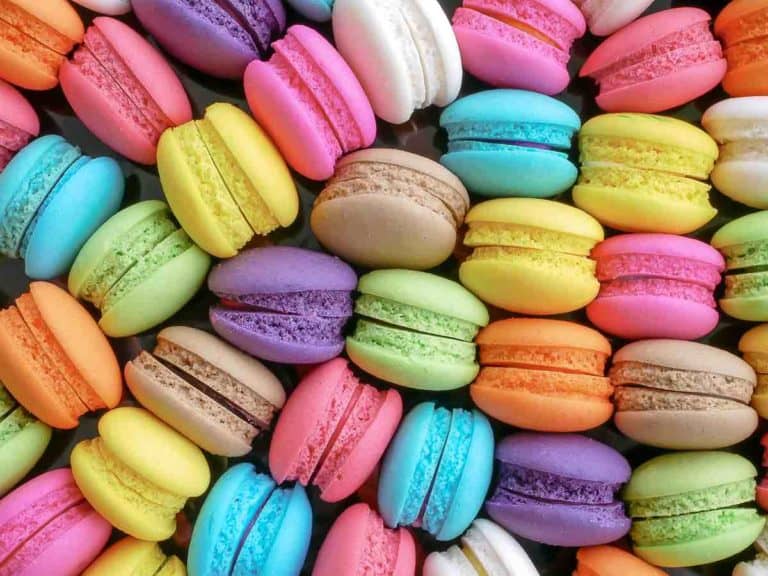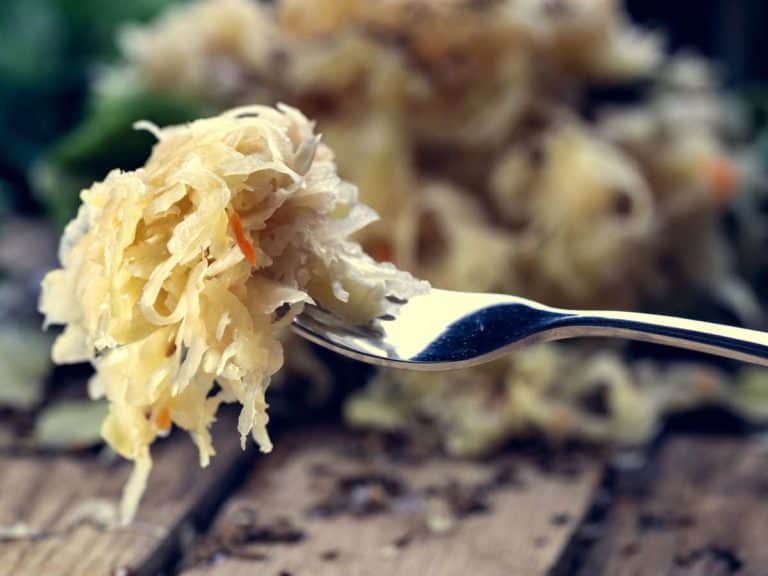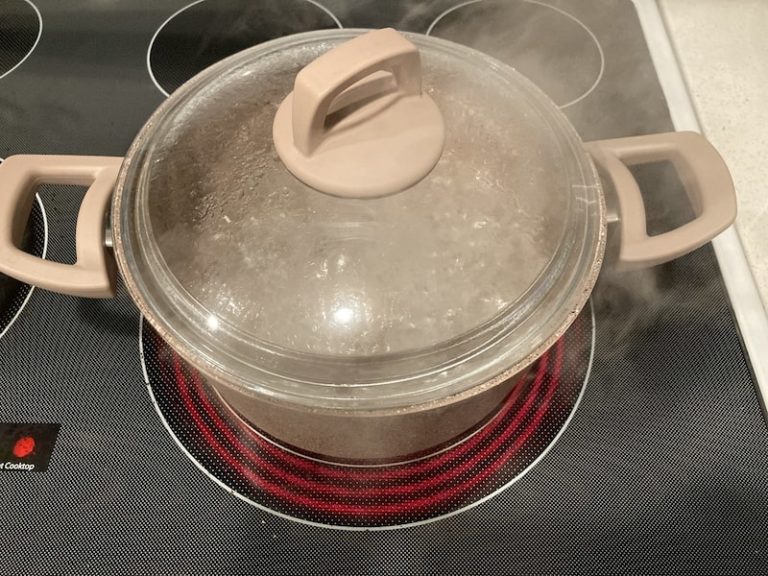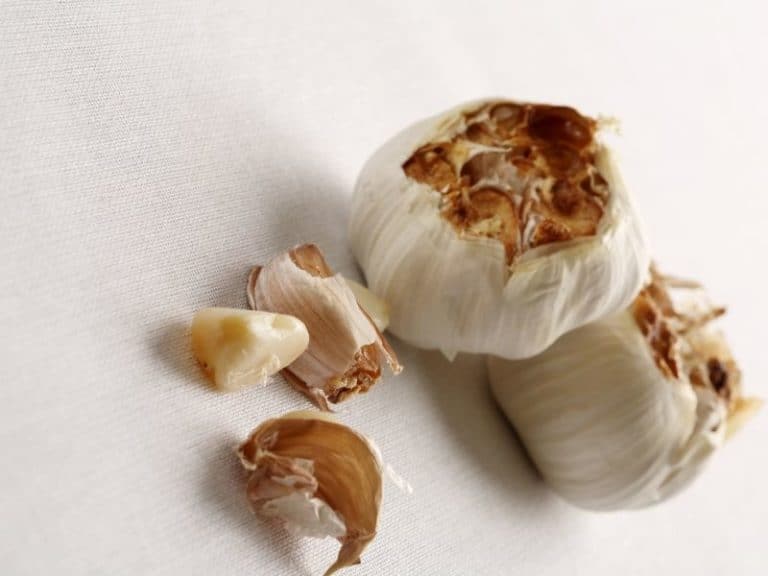How to Eat Cooked Shrimp: 6 Things You Need to Know
Shrimp are some of the easiest seafood types to prepare. However, they may not be the easiest to enjoy, particularly if there are judgy eyes around.
Do you pick them up with your fingers? Do you remove the shell or simply put everything in your mouth? Who knew that something so small and delicious can give you something to worry about!
Cooked shrimp is eaten either with a cocktail fork or the hands, depending on the setting. Shrimp is commonly served with a dipping sauce, such as in the case of shrimp cocktail. Shrimp served with the shell intact may be peeled using a spoon and fork or the hands if one doesn’t want to eat the shell.
There are many ways to prepare shrimp. However, some are more popular than the rest. And knowing how to eat them allows you to experience the seafood more unforgettably.
In this post, I will talk about how to enjoy some of the most popular shrimp recipes. You will also run into some info on having shrimp at home, whether fresh from a frozen bag or already cooked, so that you can appreciate the seafood furthermore without the hassle of rushing to the emergency room due to food poisoning.
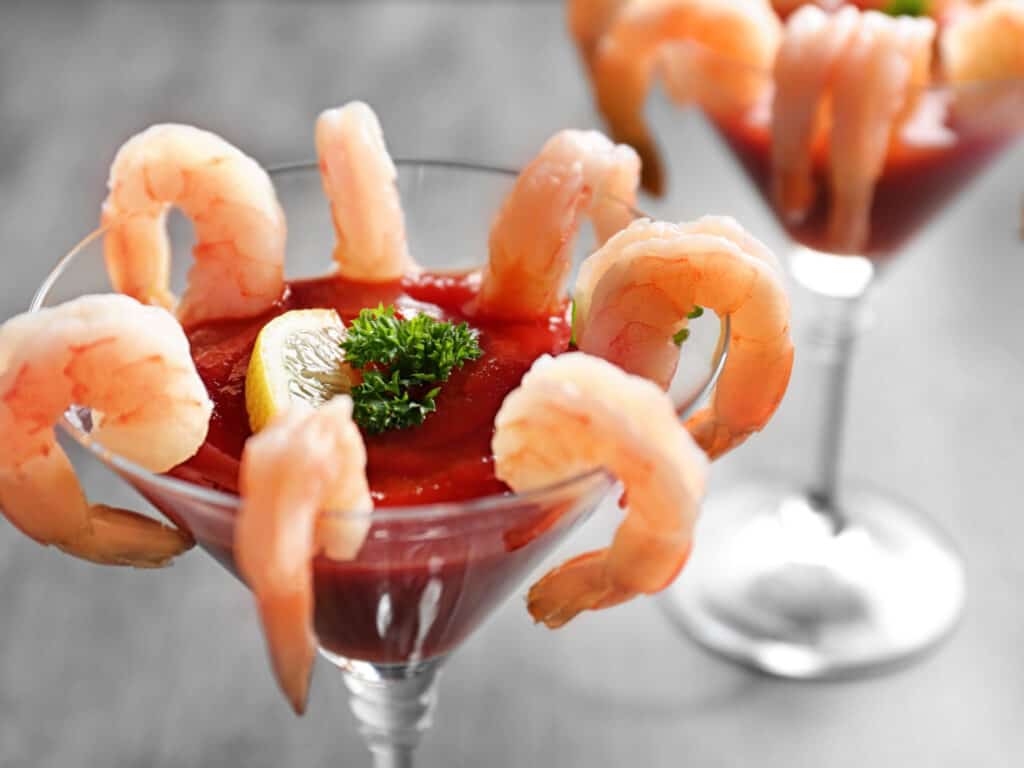
How to Eat Shrimp Cocktail
In a formal setting, shrimp cocktail is consumed using a cocktail fork. However, in a more casual setting, it’s perfectly fine to enjoy shrimp using the hands. Shrimp cocktail is commonly served chilled, although it can also be served warm or at room temperature. It’s also usually paired with a dipping sauce.
One of the most popular appetizers in the US is shrimp cocktail. It isn’t surprising because it’s a win-win situation for everybody — guests love that it’s delicious, and hosts love that it’s easy to prepare.
It’s also easy to make a cocktail sauce that goes well with it.
Something that’s tomato-based and with a little horseradish, which makes it on the spicy side, is the most popular dipping sauce for shrimp cocktail. While it’s commonly served with the well-loved appetizer, dipping shrimp in it is optional — go ahead and dip the seafood in the accompanying sauce if you want added flavor.
How to Eat Shrimp Scampi
Some shrimp scampi recipes call for the use of peeled shrimp, which makes it trouble-free to eat the seafood dish with a fork. However, many prefer to cook shrimp scampi using shrimp with the shell intact to lock in the juice and flavor. In this case, shrimp can be peeled with a spoon and fork.
Shrimp scampi per se is an Italian dish. However, shrimp scampi with pasta is an Italian-American dish. Needless to say, it’s one of the most popular shrimp recipes in the US.
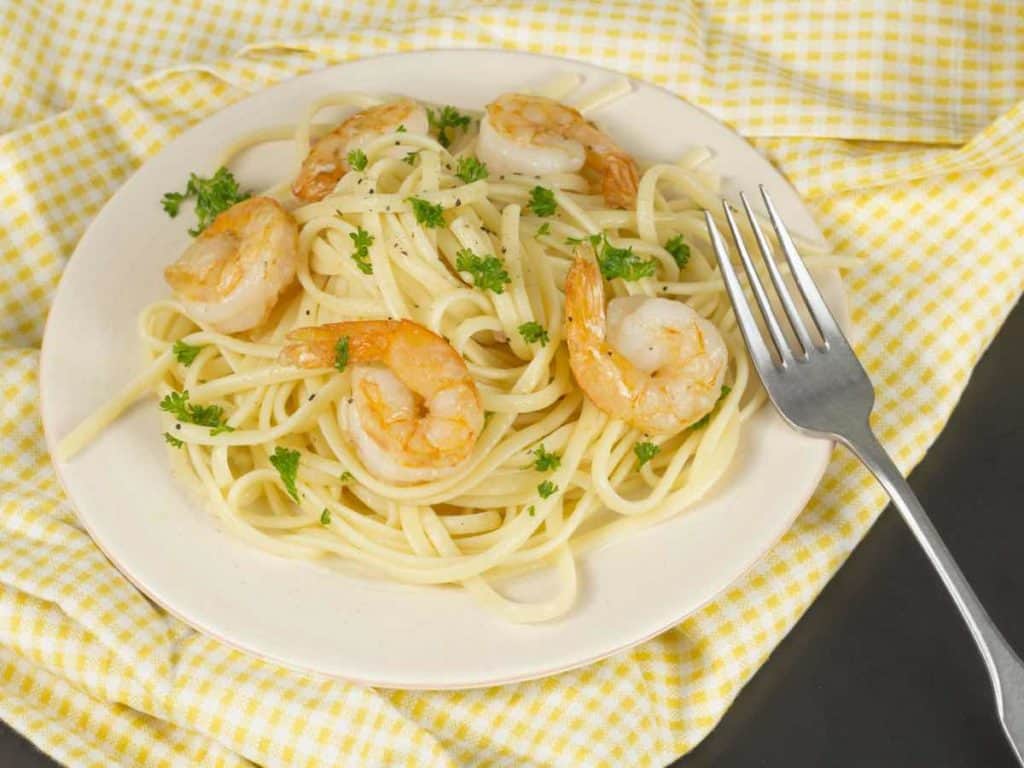
There are many ways to prepare shrimp scampi, but most people love it spicy.
In the country, it’s quite common to add pasta to shrimp scampi for a heartier treat. While linguini is the preferred choice of pasta, some recipes opt for spaghetti, fettuccine or angel hair.
Many also love topping rice with shrimp scampi. When it comes to pairing shrimp scampi with wine, the popular choice is any white wine with a citrusy flavor.
Read More: Is Shrimp Scampi Good or Bad for You?
How to Eat Fried Shrimp
Whether or not fried shrimp has to be peeled will depend on its preparation. To peel fried shrimp, one has to use a spoon and fork to remove the head and shell. Asian cuisine usually entails coating shrimp with cornstarch and deep-frying them — it makes everything edible, including the head, shell and tail.
Like boiling, frying is a no-frills way to cook shrimp that allows the flavor of the seafood to shine.
It’s quick and easy to fry shrimp, too, as it only takes 2 to 3 minutes, depending on the size of the shrimp. While olive oil and canola oil are popular choices for frying shrimp, some prefer using butter.
Eating fried shrimp will depend on whether the seafood is prepared shelled or unpeeled. In some instances, shrimp is deep-fried to make the shell crispy, especially with the help of cornstarch. In this case, there is no need to peel shrimp — feel free to put an entire small- or medium-sized shrimp in your mouth.

Can You Eat Pre-Cooked Shrimp Cold?
Eating shrimp while it’s still cold is perfectly safe and acceptable. However, it applies only if the seafood is bought pre-cooked, which is something that’s indicated in the packaging. Like many other types of seafood, shrimp taste so much better if served cold or chilled or even at room temperature.
Before you put that cold piece of shrimp in your mouth, make sure that the bag where it came from has the word “pre-cooked” printed on it. Otherwise, you need to cook the seafood first.
Eating raw shrimp, like other seafood, isn’t safe as it may cause food poisoning.
But if the manufacturer says that the product is pre-cooked, it’s completely fine to start enjoying shrimp straight from the packaging. Even without cooking or reheating, you can add some of those pre-cooked shrimp to soups and stews. They also make for wonderful additions to garden salads, noodles, ramen, pasta dishes and spring rolls.
How to Cook Shrimp Already Cooked
Pre-cooked shrimp is at a higher risk of ending up overcooked if they are cooked compared to raw shrimp. Depending on the recipe, cooking method and amount of heat, already cooked shrimp is ready to serve in anywhere from 2 to 6 minutes. Overcooking shrimp gives the seafood a dry and rubbery texture.
It’s completely understandable to worry about your health, which is why you want to make sure that you cook your food thoroughly before putting it in your mouth.
There’s no need to cook pre-cooked shrimp longer than necessary because it’s bacteria-free.
Pre-cooked shrimp, as the name implies, is shrimp cooked by the manufacturer before bagging and shipping in order to extend its shelf life. Naturally, pre-cooking shrimp eliminates anything in the seafood that can cause food poisoning. Still, to be safe, it’s important to get your hands on pre-cooked shrimp from a reputable manufacturer or vendor.

How Long is Leftover Shrimp Good?
Stored in the refrigerator, leftover cooked shrimp can stay good for 3 to 4 days. Leftover shrimp that’s properly cooked can stay good in the freezer for up to a year, although it’s recommended to use it within 3 months. To be safe, cooked shrimp should not remain at room temperature for 2 hours or longer.
Like other types of seafood, it can be easy for shrimp to go bad. As soon as you are through enjoying homemade or store-bought cooked shrimp, make sure that you store it in the refrigerator.
Never leave cooked shrimp at room temperature for more than 2 hours. Otherwise, it’s not unlikely for food poisoning-causing bacteria to multiply. According to experts, provided that your refrigerator is in excellent condition, it’s a good idea to immediately store in it leftover cooked shrimp even if it’s still warm.
By the way, leftover shrimp from an uncooked bag can stay good in the refrigerator for 1 to 2 days only — raw shrimp refrigerated longer than that is no longer safe to eat.
Just Before You Indulge in Cooked Shrimp
You can prepare shrimp in many ways. Some still have the shells on, while others are shelled. In any case, depending on factors such as the setting and the recipe, you can eat shrimp with either a spoon and fork or with your fingers. Shrimp served with the shell intact may or may not be peeled, depending on the preparation.
A bag of pre-cooked shrimp is ready to eat. As a matter of fact, you can eat it while it’s still cold.
Related Questions
Can you eat shrimp shells?
Shrimp shells may be hard, but they are completely edible and won’t endanger your health. In places like China and Japan, it’s not uncommon for shrimp to be coated with cornstarch and deep-fried. This turns the shell crispy, which lets you enjoy it with the shrimp meat. Shrimp shell contains protein and minerals like calcium.
Is shrimp healthier than fish?
Because they are lower in mercury than most types of fish, shrimp is generally considered the better option in this regard. Shrimp is also lower in calories per serving — a 3-ounce serving only has a little more than 80 calories. However, compared to most fish, shrimp is lower in omega-3 fatty acids and higher in cholesterol content.
Read Next: Boiling Shrimp: Peeled, Frozen, Raw, etc.
